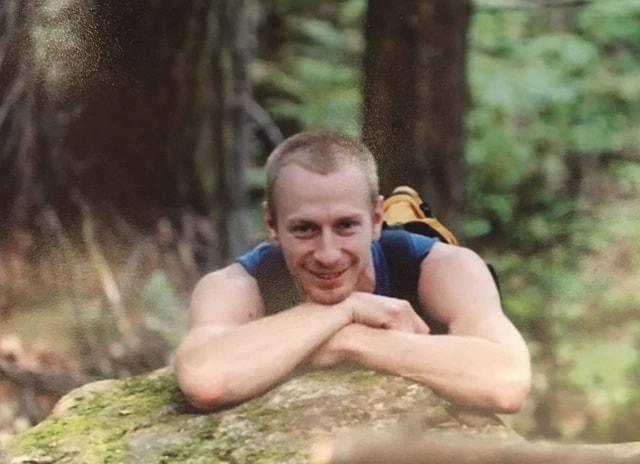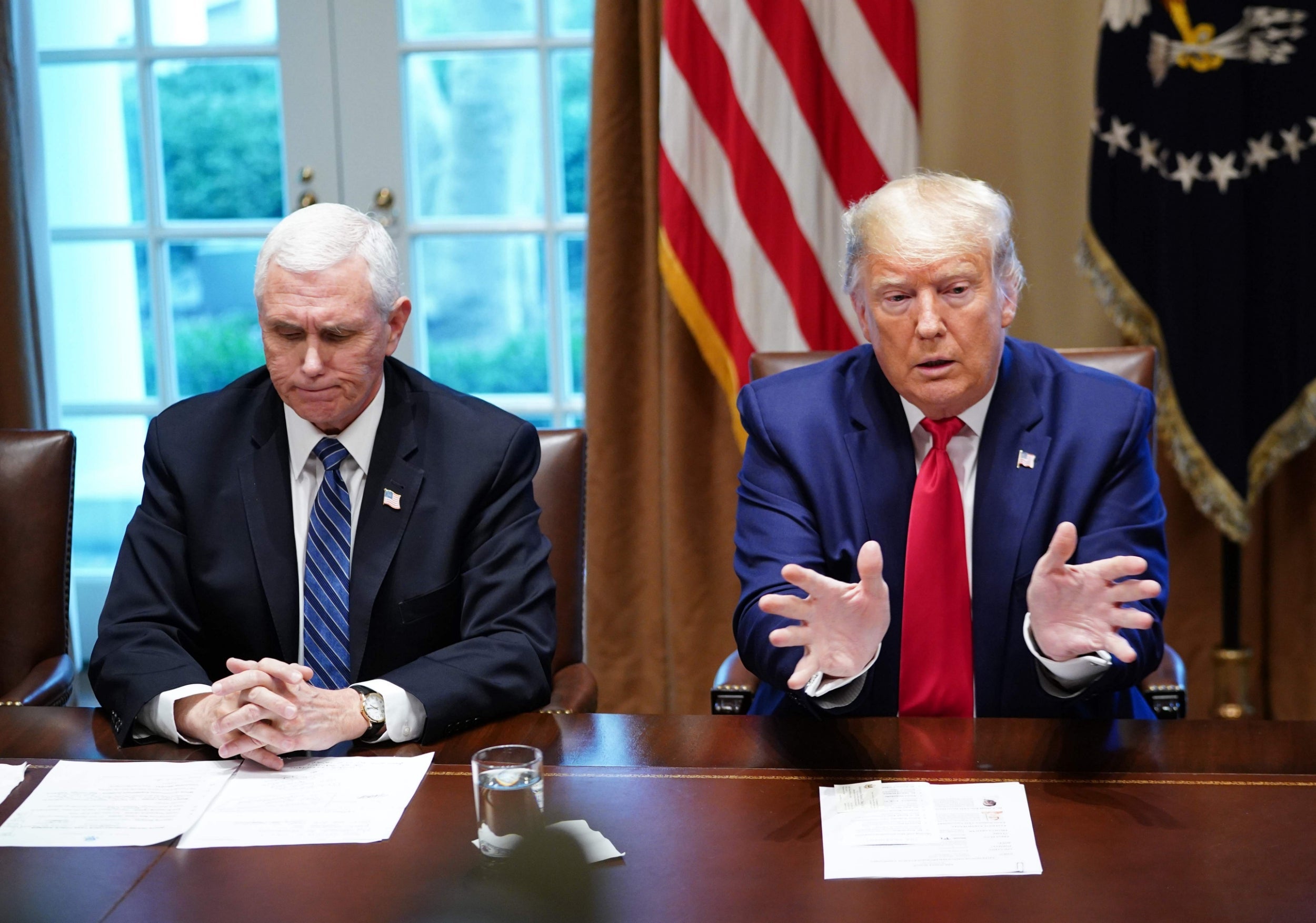I needed a CT scan on my neck — and I opened the door to a Kafka-esque nightmare
RAND PAUL USED CANADIAN SOCIALIST HEALTH CARE SYSTEM FOR A HERNIA OPERATION
Adam Weinstein New York

Why did it cost less for me to self-pay rather than use my insurance?
Adam Weinstein New York

Why did it cost less for me to self-pay rather than use my insurance?
( Getty Images/iStockphoto )
The task seemed easy enough. “I want a CT scan of your neck,” the specialist told me. After months of tonsillitis, sore throats, and unnerving fatigue, I’d grown edgy about the hard lump on my neck — enough to make an appointment with him in December, before my health insurance had even kicked in. He’d looked down my gullet, but held off on running any tests, telling me to come back in January when it wouldn’t cost me so much. A month later, he now agreed, it was time for some advanced imagery of the mass, just to be sure.
This shouldn’t be hard. The insurance policy I’d gotten — for $557 a month, on the Healthcare.gov exchange, since I worked remotely for my employer as a contractor, sans benefits — covered the hospital across the street, operated by my specialist’s healthcare group; I could walk over, get the scan, and he could access the imagery instantly.
But of course, as hundreds of millions of Americans know, nothing in our privately managed healthcare system is that easy. The radiologist across the street considered me a “hospital outpatient,” so my insurance treated the office as an out-of-plan provider, which would cost me thousands upfront. The radiologist, however, did offer me a cash “self-pay” rate of $300 for the procedure.
The task seemed easy enough. “I want a CT scan of your neck,” the specialist told me. After months of tonsillitis, sore throats, and unnerving fatigue, I’d grown edgy about the hard lump on my neck — enough to make an appointment with him in December, before my health insurance had even kicked in. He’d looked down my gullet, but held off on running any tests, telling me to come back in January when it wouldn’t cost me so much. A month later, he now agreed, it was time for some advanced imagery of the mass, just to be sure.
This shouldn’t be hard. The insurance policy I’d gotten — for $557 a month, on the Healthcare.gov exchange, since I worked remotely for my employer as a contractor, sans benefits — covered the hospital across the street, operated by my specialist’s healthcare group; I could walk over, get the scan, and he could access the imagery instantly.
But of course, as hundreds of millions of Americans know, nothing in our privately managed healthcare system is that easy. The radiologist across the street considered me a “hospital outpatient,” so my insurance treated the office as an out-of-plan provider, which would cost me thousands upfront. The radiologist, however, did offer me a cash “self-pay” rate of $300 for the procedure.
“Wait a minute,” I said. “How come self-pay is so much cheaper than if I use my insurance?
“Self-pay is based on the lowest negotiated rate,” the phone representative told me, “which is the Medicare rate.” Medicare, the government program that covers some 60 million American seniors and young people, has immense price-bargaining power, more than any private insurer. It’s almost enough to make one wonder why Americans don’t demand Medicare for all
However, there was a catch to paying in cash, the phone rep told me: Reading the imagery would cost extra, and he couldn’t tell me how much.
So began a day-long odyssey of calling clinics and insurance reps, getting numerous approvals, reconciling conflicting and sometimes seemingly made-up information, just to find someone who could provide a fancy X-ray of the unwelcome swelling in my throat without bankrupting me.
As I worked my way through corporate phone trees and asked pointed questions to which there were apparently no answers, I live-tweeted the experience, and it apparently resonated with social media users (to the tune of 4.7 million impressions, a figure that’s almost as inscrutable to me as my policy’s copay for in-plan advanced imaging.) Americans shared my viral thread, adding their own billing, pre-approval, and care-delay horror stories to it; foreigners replied too, expressing their disbelief that such a basic medical need, provided to them at low or no cost by their governments, could become so costly or time-consuming.
I was not always so dogged in dealing with healthcare costs. When I went off to college, I became the first member of my immediate family to have medical insurance. My father was a self-employed laborer with a middle-school education; my mother was a homemaker. There was no employer to provide insurance, and no extra money to pay for a policy. I never went to doctors as a kid unless I was sick as hell, and then we went to a “doc in the box,” an urgent-care clinic. The first time I remember seeing a dentist was when I joined the Navy. During enlistment, I was asked for the name of my primary care physician; I needed someone to explain what that was to me. The concept of having a dedicated doctor seemed like a wild luxury.
Despite my relative inexperience, I was a healthy young white man, free from most wants, and I assumed the system in which I grew up was the best of all possible systems. I spent those early years in college as an Ayn Rand-loving libertarian who believed in freedom over safety, individualism over collectivism, and false dichotomies over nuanced understandings. America was great not in spite of its worship of the almighty dollar, but because of it: Corporations, I imagined, didn’t need regulations and laws to be honest, transparent, and decent to their consumers. The desire to make a profit kept us honest.
Healthcare was no exception to this fiscal-based ideology of mine. You got what you paid for, and medical innovation didn’t come cheap. Rich people get better care? They earned it, I’d tell people. To rely on government to provide your healthcare or cover its costs, I believed, was to give up your agency and dignity.
But if you’re an American and you’re reading this, be honest: When’s the last time you looked around in a clinic lobby, a specialist’s office, or a hospital waiting room, and saw agency and dignity?
We are all numbers — insurance IDs, group plan numbers, medical billing codes, far-into-the-future appointment times. All our lives, we have been told that long waits, impersonal care, incompetence, and indignity are the province of other countries’ socialized healthcare systems.
What, then, do you call the Kafka-esque 21st century American medical badlands?
Since my Atlas Shrugged-reading days, I’ve spent nearly two decades in the American workforce. I moved and changed jobs often, changing (or losing) insurance plans each time. I’ve been misdiagnosed by specialists running the same tests and reinventing the same wheels over and over again. I’ve lost weeks of my life and work productivity being an advocate for my own health, and, at times, my family’s, in a system that does you no favors and often insists that there is no easy answer to the question: “How much will this cost me”?
There’s that old saw about how a conservative is a liberal who’s been mugged by reality. Like most of the workers I know in my “millennial” generation, I've been mugged, beaten, and left for dead a couple of times by reality, but it's made me a believer in radical change. What I’ve concluded is that you can care about people, or you can care about maximizing revenues, but not both. America is the proof.
The American health system is an insane patchwork of privileged, cash-hoovering cartels and fiefdoms, and everyone knows it. I worry about its ability to address my health, sure, but more to the point, I worry about its capacity to bankrupt me and the people I love. And I worry about a thin, pale version of national patriotism that believes the fault lies with the underemployed, sick and afflicted, rather than the system that's supposed to tend to them.
The worst part of our system — besides the fact that it actively kills people, most of them poor or underprivileged — is that most of the health sector’s workers are sympathetic to the patient-consumer’s plight. But they, too, are hamstrung by arcane profit-making rules in a bureaucracy set up by stakeholders way above their pay grades.
That was my experience on the day I spent live-tweeting my healthcare experience. After hitting enough walls, I found one insurance rep who personally called local imaging centers to find one that could take me. We got the approvals and the appointment. Of course, I still had to call them, and my primary specialist, to make sure their offices coordinated. I had to personally request and take possession of the CD-ROM holding my test results, then ferry it over to my specialist for interpretation. And I had to fork over a considerable copayment. But this was a success story that many people couldn’t boast of: After all, I’m a journalist, and I know how to listen, take notes, and ask hard questions. How many people are just cowed into complacency by whatever a doctor or nurse or front-desk receptionist or billing specialist or insurance sales rep tells them?
It’s not a rhetorical question. It has an answer. It’s just that, like the cost of a potentially life-saving CT scan, nobody who’s in a position to know can really tell you the answer. This is America. And it’s a really great place to live, as long as you never get sick or poor.
Adam Weinstein is the national security editor at the New Republic









